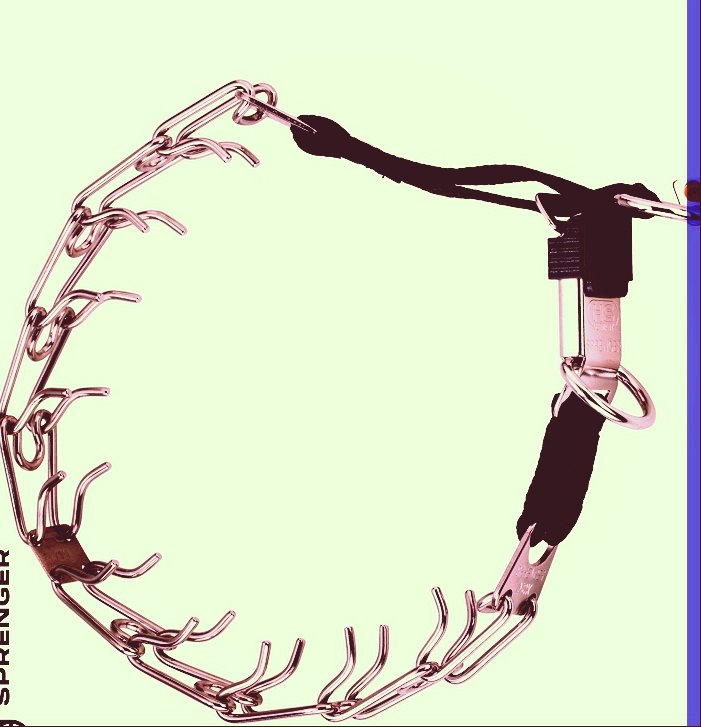“Unlocking the Debate: Exploring the Controversy Surrounding Prong Dog Collar “
Introduction to Prong Dog Collars ;
In the world of dog training devices, prong dog collar often give rise to heated debate and polarized opinions. Some people swear by its effectiveness in teaching obedience and curbing unruly behavior, while others strongly oppose its use, citing concerns about discomfort and potential harm to dogs. But what exactly is a colic dog collar, and why does it evoke such strong emotions?
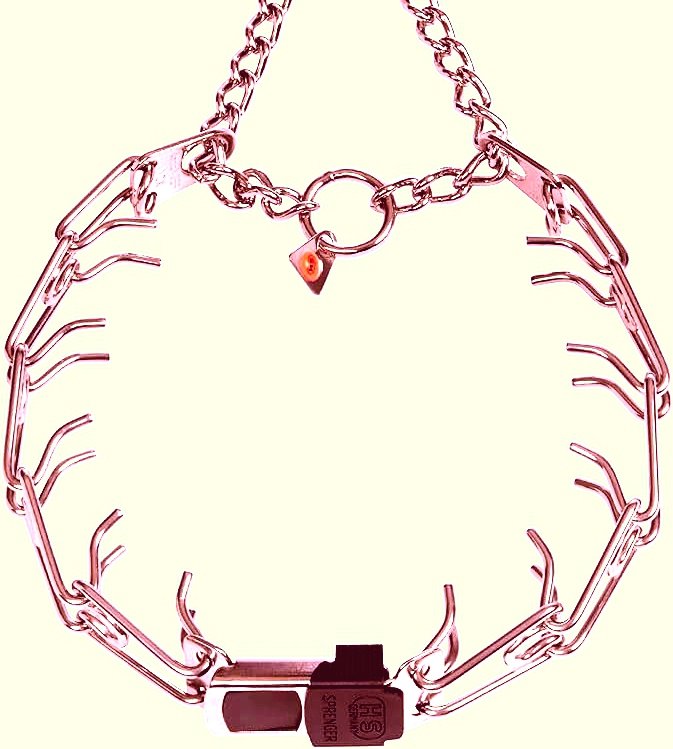
Table of Contents
Imagine a collar with metal prongs evenly spaced around it, designed to mimic the gentle pressure a mother dog applies to her puppies’ necks to correct behavior. This is the essence of a prong dog collar. It is not a tool of punishment, but a communication aid between you and your furry companion.
Advocates praise its ability to provide dogs with clear feedback, facilitating quick learning and better obedience. However, critics worry about the risk of injury and argue that positive reinforcement methods are safer and more humane.
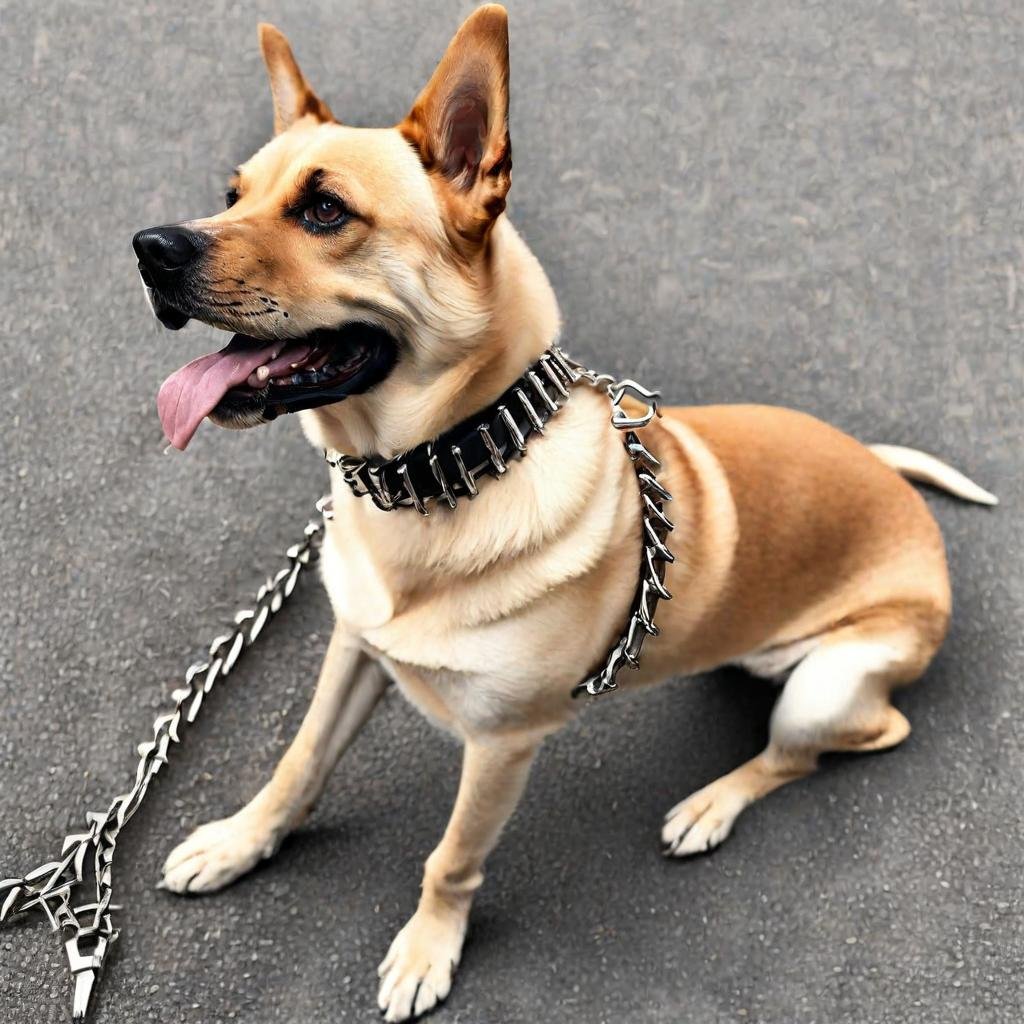
In this article, we’ll dive deeper into the world of prong dog collars, examining how they work, their potential benefits and drawbacks, and alternatives worth considering. Whether you’re an experienced trainer or a curious dog owner, understanding the nuances of prong collars can help you make informed decisions about the training methods that best suit your furry friend’s needs. Let’s embark on this journey together, discovering the versatile world of prong dog collars.
Understanding the Purpose of Prong Collars ;
Decoding the Role of Prong Collars: Revealing Their Purpose and Functionality
“Prong collars, while often misunderstood, serve a specific purpose in the field of dog training. Contrary to popular belief, they are not a means of punishment. are, rather, tools aimed at facilitating effective communication between you and your canine companion.
1. COMMUNICATION AID:
Prong collars are designed to provide immediate, clear feedback to dogs during training sessions. The gentle pressure applied by the collar’s hooks mimics the natural correction dogs receive from their mothers, which helps teach boundaries and obedience.
2. Accelerated Learning:
By providing consistent and accurate cues, prong collars can speed up the learning process for dogs, helping them understand desired behaviors more quickly.
3. Better Control:
For larger or stronger breeds, prong collars can provide better control, especially in situations where protection is required. Above all, such as during a walk or during a distraction.
4. Focus on Safety:
When used correctly and responsibly, prong collars can be a safe alternative to other aversive training methods, reducing the risk of injury to both dogs and handlers.
Understanding the purpose behind prong collars helps dog owners make informed decisions about their training. ways, ensuring the well-being and happiness of their furry companions.
How Prong Collars Works ;
Uncovering the Mechanics of Prong Dog Collars: A Closer Look at How They Work”
Prong dog collars work on the principle of gentle pressure and communication, aiming to guide rather than punish dogs during training sessions. Let’s see how they work:
1. Design:
Prong collars consist of metal links with evenly spaced prongs that encircle the dog’s neck. These prongs, although they may look intimidating, are designed to exert light pressure when tension is applied to the leash.
2. Mimicking natural corrections:
The pressure applied by colic mimics the way a mother dog gently grabs the neck of her puppies to correct their behavior. This natural form of correction helps dogs understand boundaries and acceptable behavior.
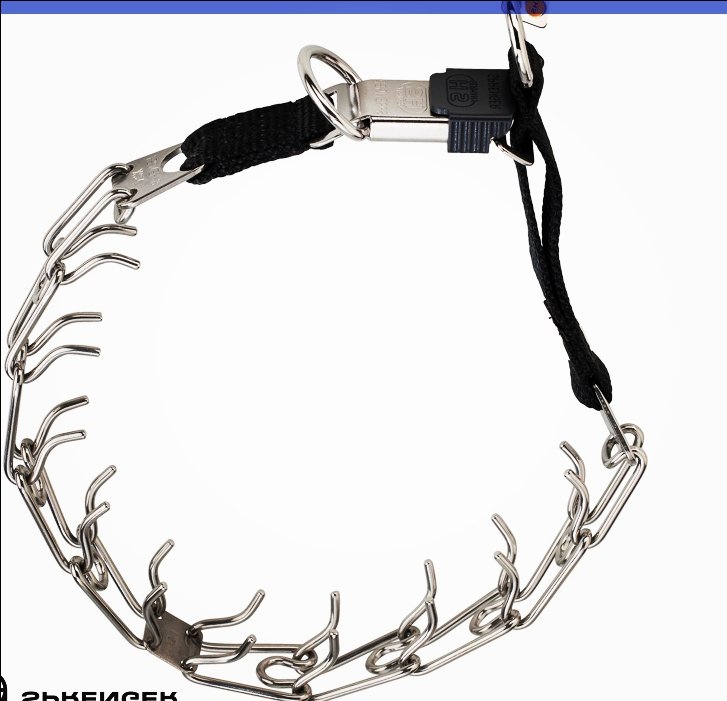
3. Immediate Feedback:
When a dog pulls or displays unwanted behavior, the prong collar provides immediate, consistent feedback. This helps the dog to associate its actions with sensations, facilitating faster learning and understanding.
4. Gradual Adjustment:
Contrary to common misconceptions, prong collars are not meant to cause pain. When fitted correctly and used responsibly, they distribute pressure evenly around the neck, avoiding discomfort or injury.
Understanding the mechanics of prong collars empowers dog owners to use them effectively and responsibly as tools for training and communication. By providing explicit feedback and mimicking natural corrections, prong collars can play an important role in shaping desired behavior in our furry companions.
Benefits of Using Prong Collars for Dog Training ;
Uncovering the Benefits: Exploring the Benefits of Prong Dog Collars in Training”
Prong dog collars, while often surrounded by controversy, offer many potential benefits when used responsibly as part of a comprehensive training approach. Let’s Consider these benefits:
1. Clear Communication:
Prong collars provide dogs with immediate and accurate feedback, helping them understand desired behaviors more effectively.

2. Quick Results:
With consistent use, prong collars can speed up the learning process, leading to faster obedience and better behavior.
3. ADVANCED CONTROL:
Especially for larger or stronger breeds, prong collars can provide better control during walks or in challenging situations, ensuring both the dog’s safety and the handler’s peace of mind.
4. Minimizes Discomfort:
When fitted correctly and used appropriately, prong collars distribute pressure evenly around the neck, minimizing discomfort or injury to the dog.
5. Versatility:
Prong collars can be effective for a variety of training goals, from basic obedience to addressing specific behavioral issues.
By understanding and taking advantage of these benefits, dog owners can use prong collars as valuable tools in their training arsenal, fostering positive interactions and fostering a stronger bond. With my dear friends.
Common Misconceptions and Myths About Prong Collars ;
Dispelling the Myths: Addressing Common Misconceptions About Prong Dog Collars”
Prong dog collars often carry a stigma due to misconceptions and myths surrounding their use. Let’s clear up some of these misconceptions:
1. Painful Punishment:
Contrary to popular belief, the purpose of a prong collar is not to cause pain. When used correctly, they provide light pressure, mimic natural corrections and promote communication rather than punishment.
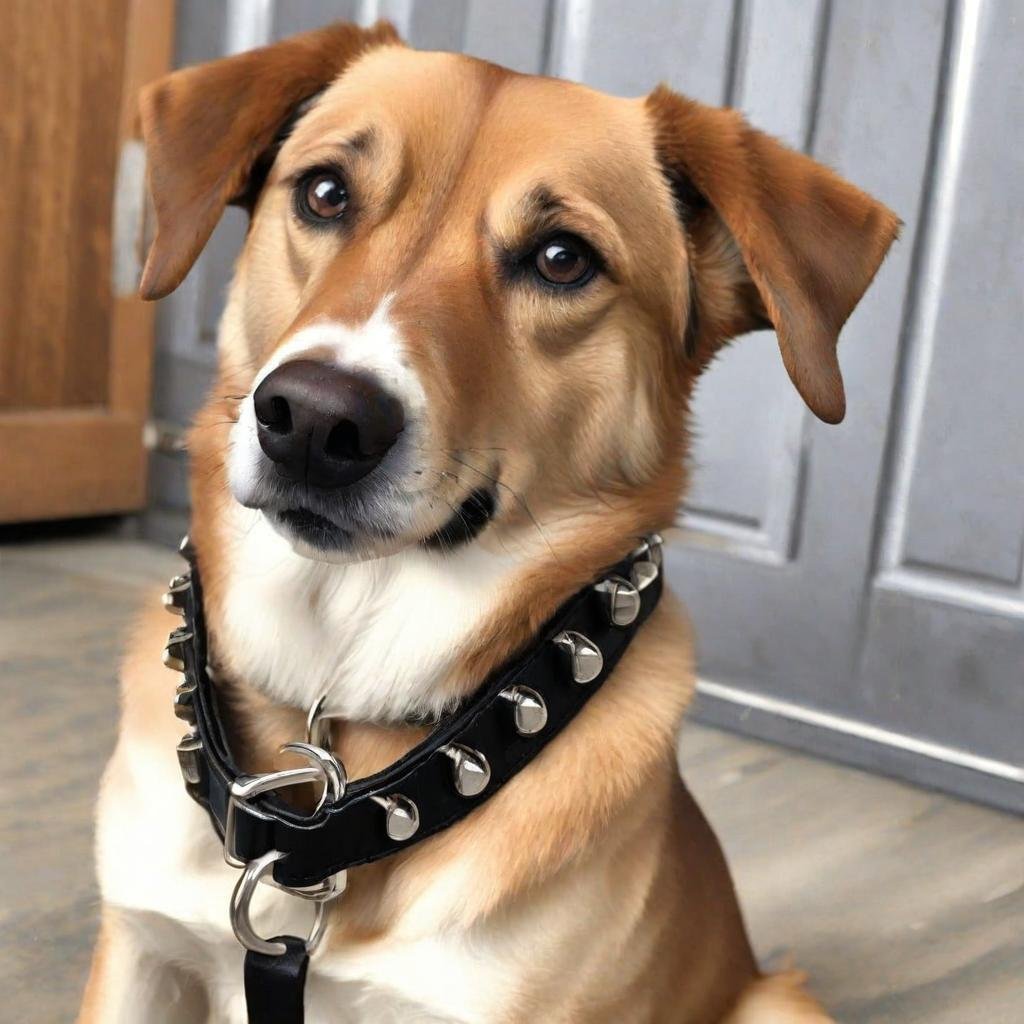
2. Inhumane Treatment:
Some people mistakenly consider prong collars to be cruel or inhumane. However, when properly fitted and used responsibly, prong collars can be effective and humane tools for training.
3. Neck Injuries:
There is a misconception that prong collars can cause neck injuries in dogs. In fact, when used properly, prong collars distribute pressure evenly, reducing the risk of injury.
4. Only for aggressive dogs:
Another myth is that prong collars are only suitable for aggressive or unruly dogs. In truth, they can be beneficial to dogs with a variety of temperament and behavioral issues when used as part of a comprehensive training plan.
By addressing these misconceptions and understanding the proper use of prong collars, dog owners can make informed decisions about the training methods that best suit the needs of their furry companions.
Proper Fit and Usage Guidelines for Prong Collars ;
Mastering the Fit: Essential Guidelines for Using Prong Dog Collars Correctly”
Acquiring proper fit and understanding the correct use of prong collars is critical to effective and safe training. Let’s explore the key guidelines:
1. Correct Size:
Make sure the prong collar fits snugly around your dog’s neck without being too tight or too loose. It should sit high on the neck, just below the ears.
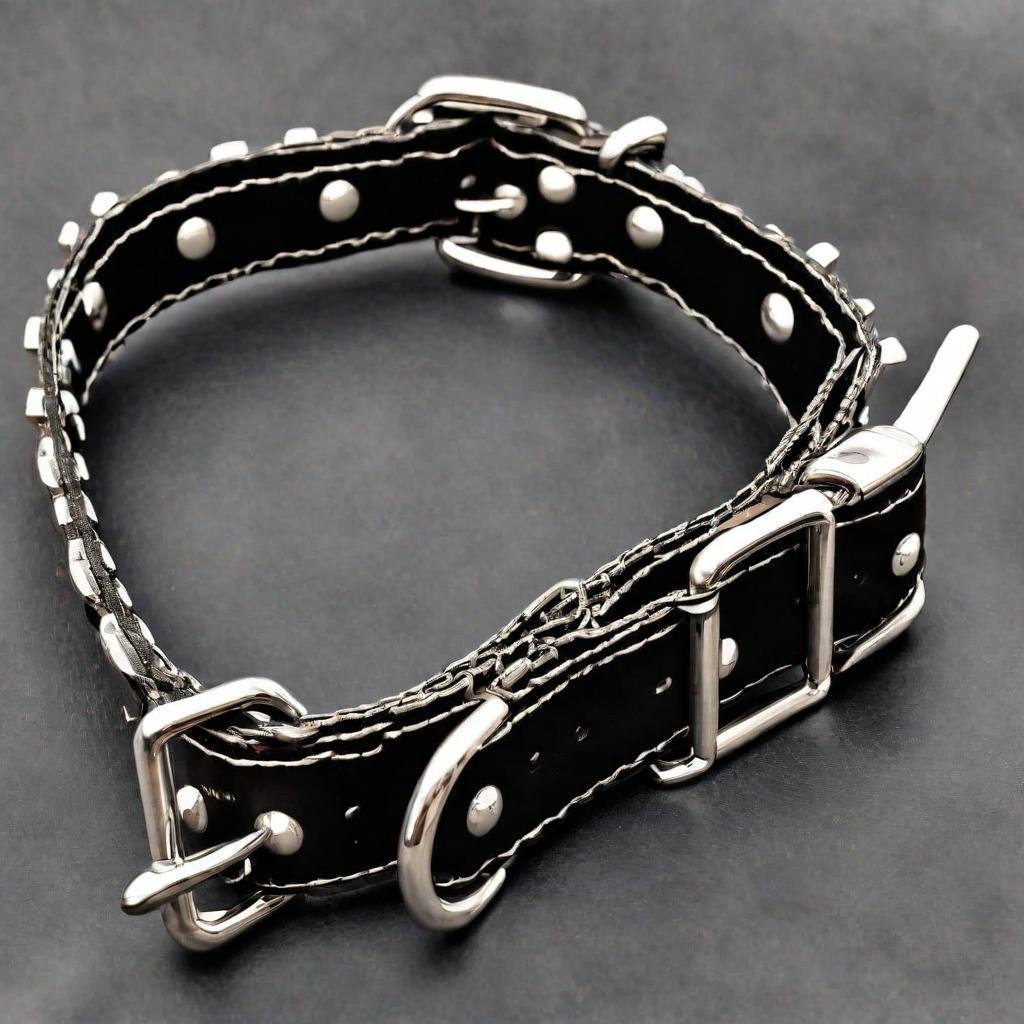
2. Proper Position:
The collar’s prongs should be positioned at the front of the neck, not putting pressure on the throat. This ensures the effectiveness of the collar without causing discomfort.
3. Training Techniques:
Use gentle, consistent pressure when applying corrections with a prong collar. Avoid harsh or sudden movements, and always correct with positive reinforcement to reinforce the desired behavior.
4. Supervision:
Never leave your dog unattended while wearing a prong collar. Check the fit regularly to make sure it remains secure and comfortable for your furry friend.
5. Transition:
Introduce the prong collar gradually, giving your dog time to adjust to the sensation. Start with short training sessions and gradually increase the duration as your dog becomes accustomed to the collar.
By following these guidelines, you can take advantage of the benefits of a prong collar while prioritizing your dog’s comfort and well-being during training sessions.
Alternatives to Prong Collars for Training ;
Diversifying Training Methods: Exploring Alternatives to Prong Dog Collars ”
Although prong collars can be effective training tools for some dogs, they are not the only option available. Here are alternative methods worth considering:
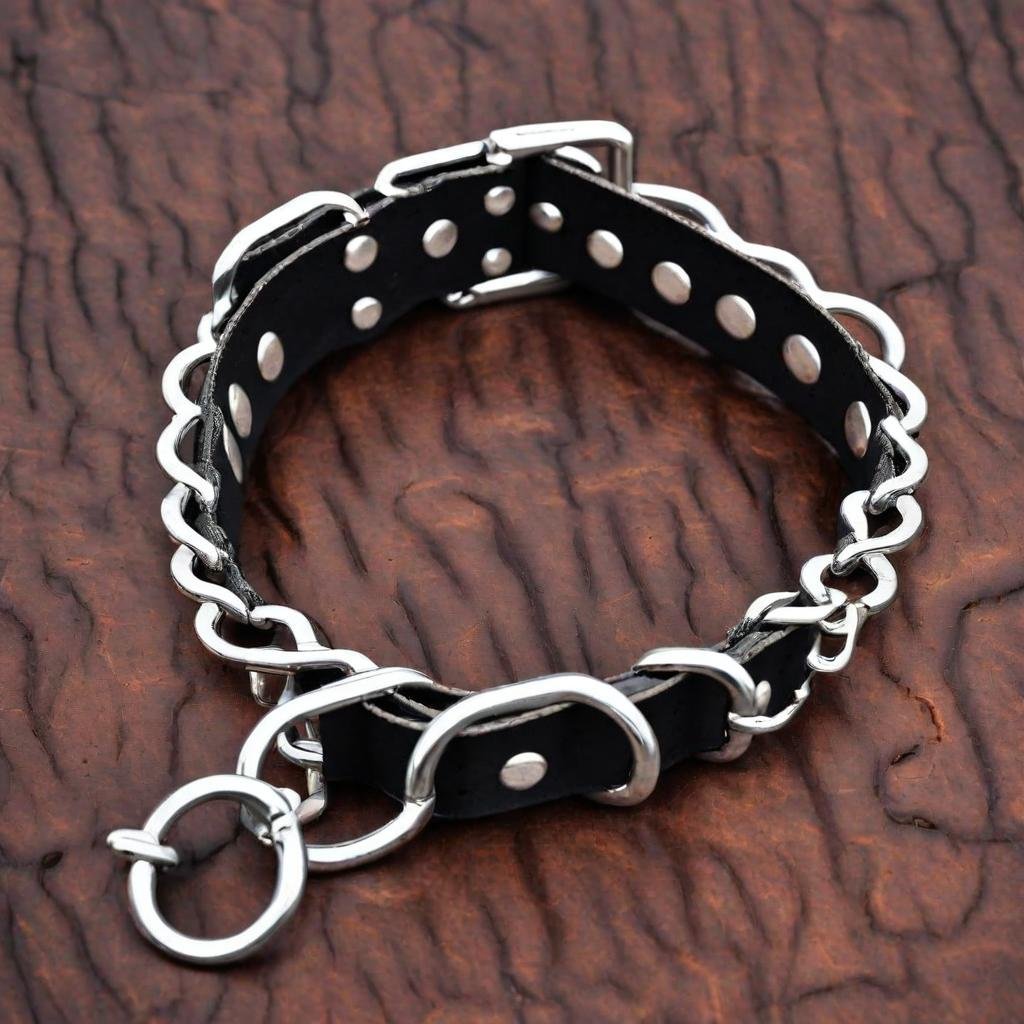
1. Positive reinforcement:
Emphasize rewards and praise for desired behavior rather than correction. Treat-based training, clicker training, and verbal cues can be powerful motivators for dogs.
2. Head Collar:
Head collars, such as the Gentle Leader or Halti, work by redirecting the dog’s attention and gently guiding their head, providing control without relying on the neck. Pressure.
3. Front-clip harnesses:
Harnesses with front attachment points discourage pulling by redirecting the dog’s forward motion, promoting loose leash walking and reducing stress on the neck.
4. Martingale collars:
Martingale collars tighten slightly when the dog pulls, preventing them from slipping out of the collar. While still providing mild improvement.
5. Training Classes:
Enroll in positive reinforcement-based training classes led by certified professionals who can provide guidance and support tailored to your dog’s individual needs.
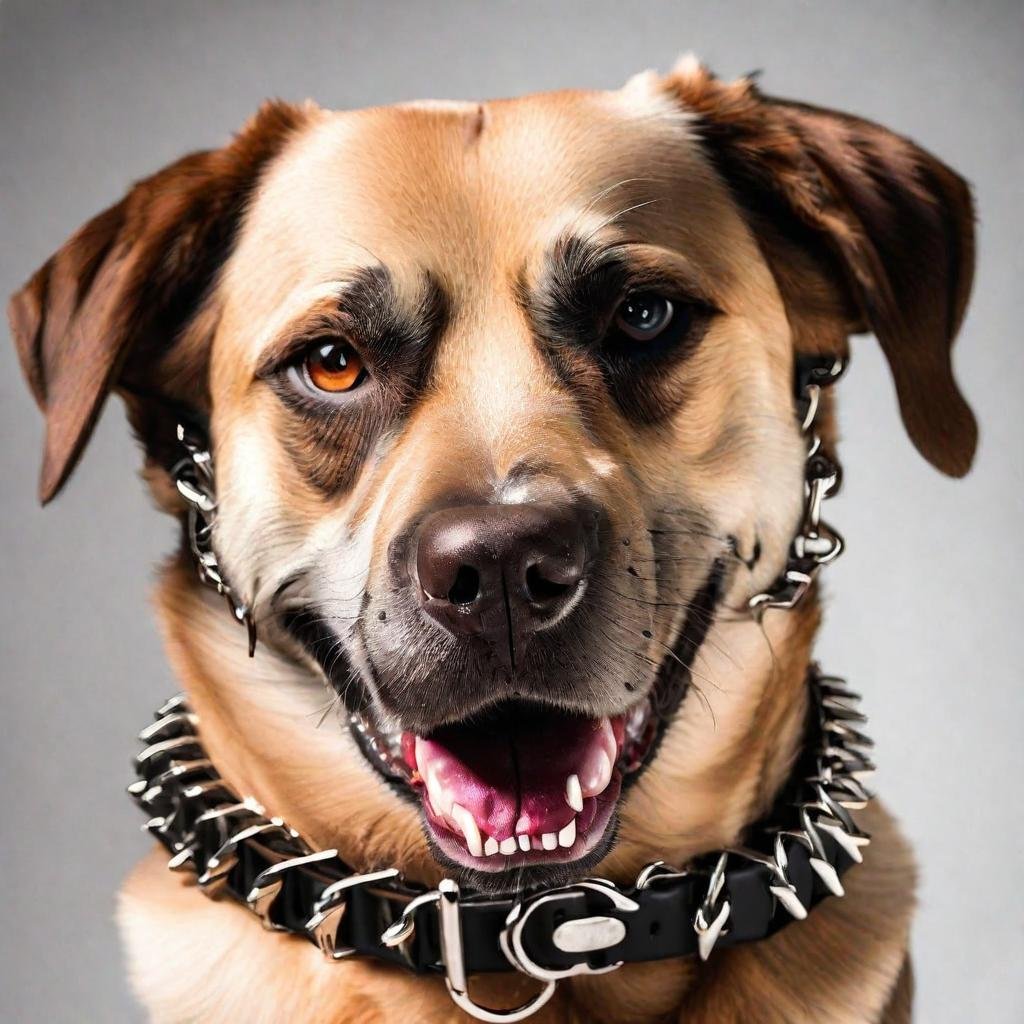
By exploring these options and finding the method that best suits your dog’s temperament and training goals, you can achieve a successful training. Positive and enriching training experience without relying solely on prong collars.
Potential Risks and Considerations ;
Dealing with Potential Dangers: Understanding the Risks and Considerations of Prong Dog Collars “
While prong collars can be effective training aids, it is important to be aware of the potential risks and considerations before using them. Let’s explore these factors:
1. Risk of Injury:
Improper use or fitting of a prong collar may result in injuries such as bruising, burns or even tracheal damage. It is important to ensure that the collar is fitted correctly and used responsibly.
2. Negative Associations:
In some cases, if used incorrectly or harshly, dogs may develop negative associations or fear of prong collars. Always prioritize positive reinforcement and gentle training methods along with the use of a collar.
3. Potential for Aggressive Behavior:
If not used appropriately, prong collars may increase aggressive or reactive behavior in some dogs. Consult a professional trainer or behaviorist to determine if a prong collar is suitable for your dog’s needs.
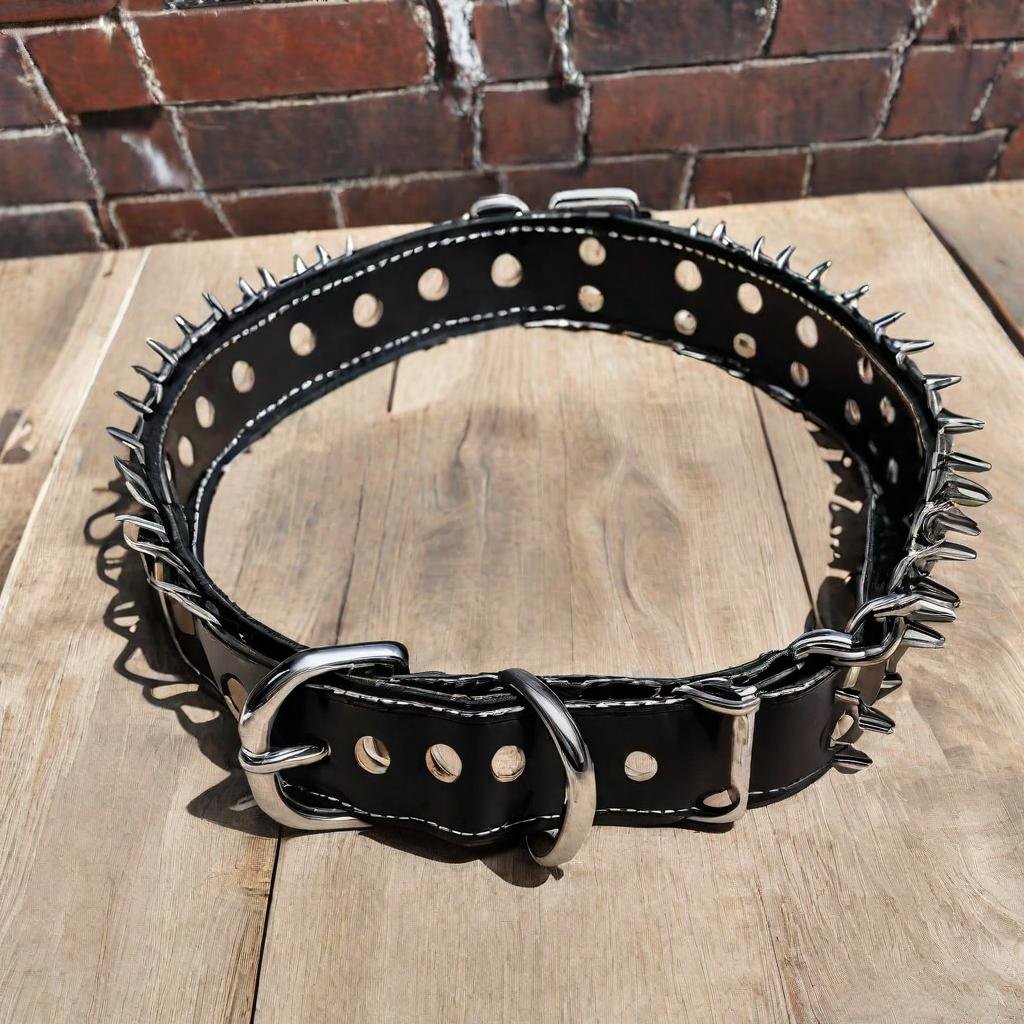
4. Limited communication:
While prong collars provide clear feedback, they cannot address underlying behavioral issues or establish a strong bond based on trust and respect between you and your dog.
By weighing these risks and considerations against the benefits, dog owners can make an informed decision about whether prong collars are the right choice for their furry companions’ training needs.
Tips for Transitioning Away from Prong Collars ;
Smooth sailing: Moving away from prong dog collars easily “
Moving away from prong collars requires patience, consistency, and a deliberate approach. Here are some tips to make the process as smooth as possible:
1. Gradual Reduction:
Start by gradually reducing your reliance on the prong collar during training sessions. Introduce alternative training equipment or methods, using the prong collar as a backup.
2. Positive Reinforcement:
Emphasize positive reinforcement techniques to motivate your dog and reinforce desired behavior. Reward good behavior with treats, praise, or toys to create positive associations.
3. Consistent Training:
Be consistent in your training approach, ensuring clear communication and expectations for your dog. Consistency helps reinforce new behaviors and reduces confusion during transitions.
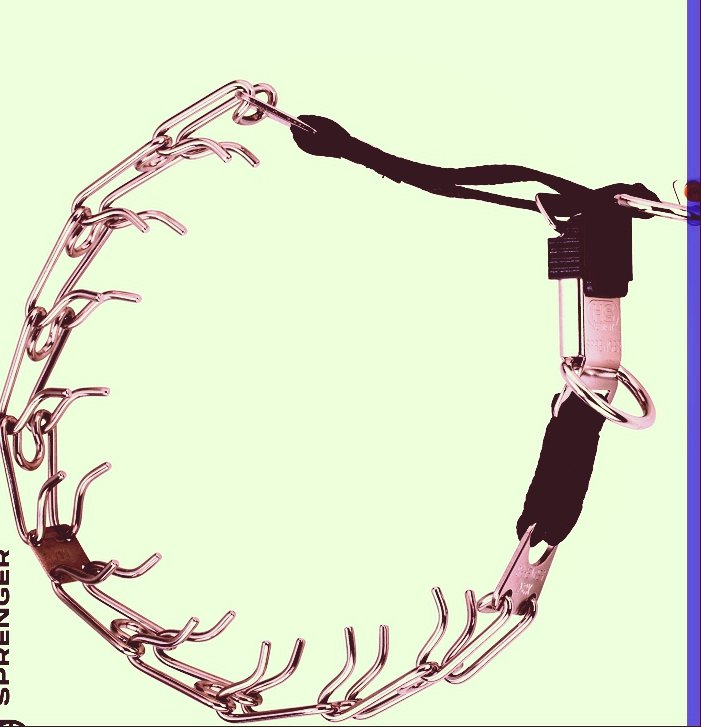
4. Patience and persistence:
Be patient with your dog as they adjust to change. Moving away from a prong collar can take time, so be firm and committed to the process.
5. Professional Guidance:
Consider seeking guidance from a certified dog trainer or behaviorist who can provide personalized advice and support during the transition process.
By following these tips and being patient and consistent, you can successfully move away from a prong collar and continue to build a strong bond with your furry friend based on trust and positive reinforcement.
Conclusion: Making Informed Decisions for Dog Training ;
Informed Choice: Empowering Dog Owners in Training Decisions”
Navigating the world of dog training devices, including prong collars, requires careful consideration and making informed decisions. By understanding the benefits, risks, and options associated with prong collars, Dog owners can make choices that prioritize their furry companions’ well-being and training success.
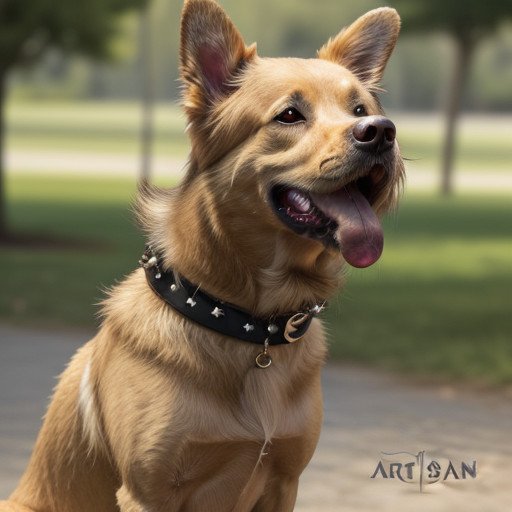
While prong collars can be effective tools for some dogs when used correctly and responsibly, they are not appropriate for every situation or training goal. Positive reinforcement methods, such as treats, praise and consistent training techniques, provide gentle and humane options that promote trust and cooperation between dogs and their owners.
Ultimately, the key to successful dog training lies in tailoring methods to individual dogs’ temperaments, needs and learning styles. Whether choosing a prong collar or exploring an alternative approach, dog owners play an important role in shaping their pet’s behavior and fostering a strong, loving bond based on communication, trust and mutual respect.
By staying informed and open-minded, dog owners can approach the training journey with confidence and compassion, and set their furry friends up for success and happiness.”
You might be interested in reading this post as well Dog care training collars
“Unlocking the Debate: Exploring the Controversy Surrounding Prong Dog Collar “ Introduction to Prong Dog Collars ; In the world of dog training devices, prong dog collar often give rise to heated debate and polarized opinions. Some people swear by its effectiveness in teaching obedience and curbing unruly behavior, while others strongly oppose its use,…
You can read this post https://tomeshnews.co.in/what-type-of-collar-is-best-for-dog-training/
Are prong collars cruel?

Prong collars, when used correctly and responsibly, are not cruel. They provide gentle pressure to mimic natural corrections and facilitate communication between owners and dogs.
Do prong collars hurt dogs?
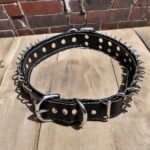
When fitted properly and used appropriately, prong collars should not cause pain to dogs. They are designed to distribute pressure evenly around the neck.
How do I fit a prong collar correctly?

A prong collar should fit snugly around the dog’s neck, high up behind the ears. It should be tight enough to stay in place but not too tight to restrict breathing or movement.
Are there alternatives to prong collars for training?

Yes, there are several alternatives to prong collars, including positive reinforcement training methods, head collars, front-clip harnesses, and martingale collars.
Can I leave a prong collar on my dog all the time?
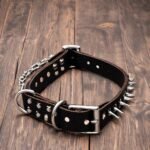
It’s not recommended to leave a prong collar on a dog unsupervised or for extended periods. Prong collars should be used during training sessions and removed when not in use.

